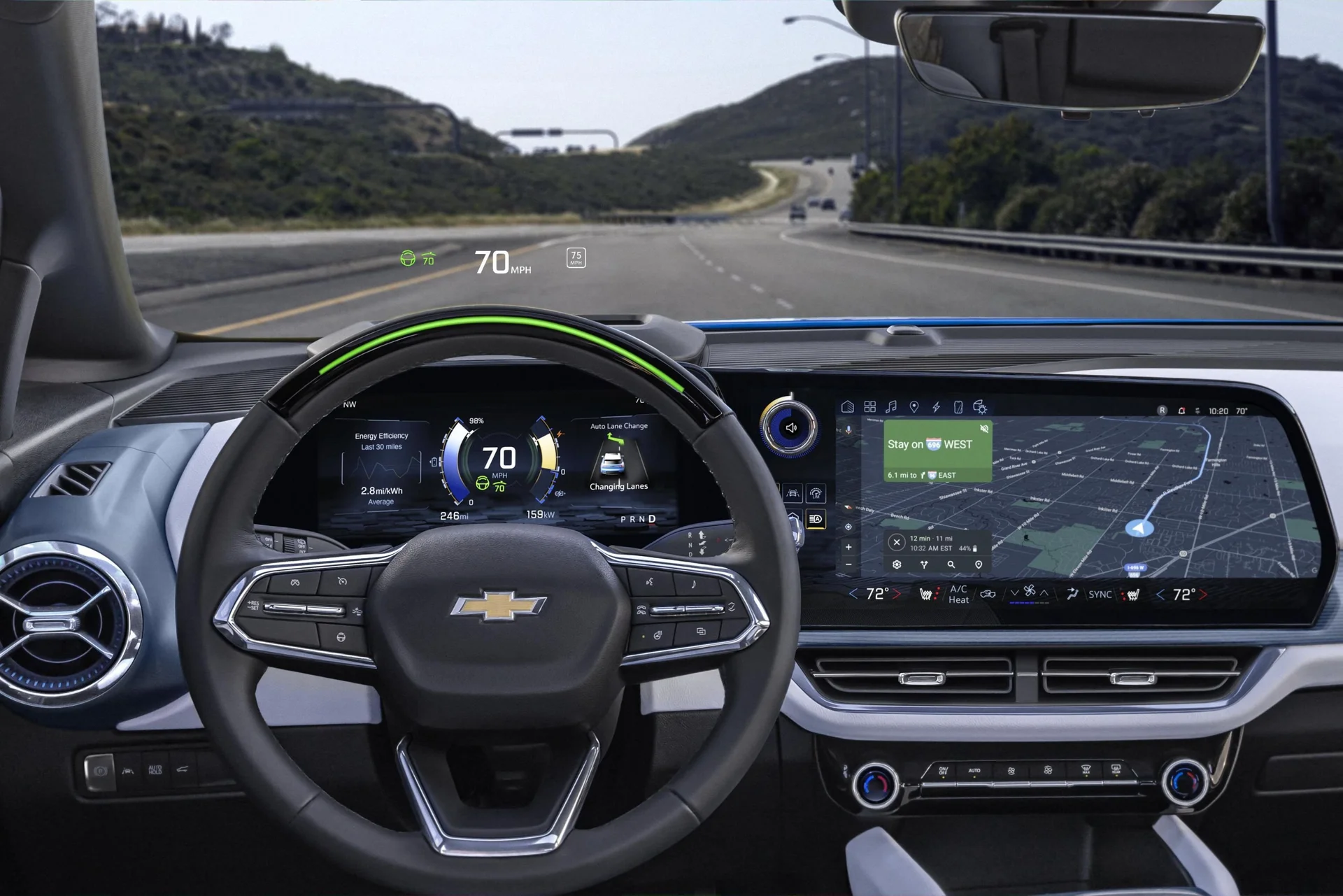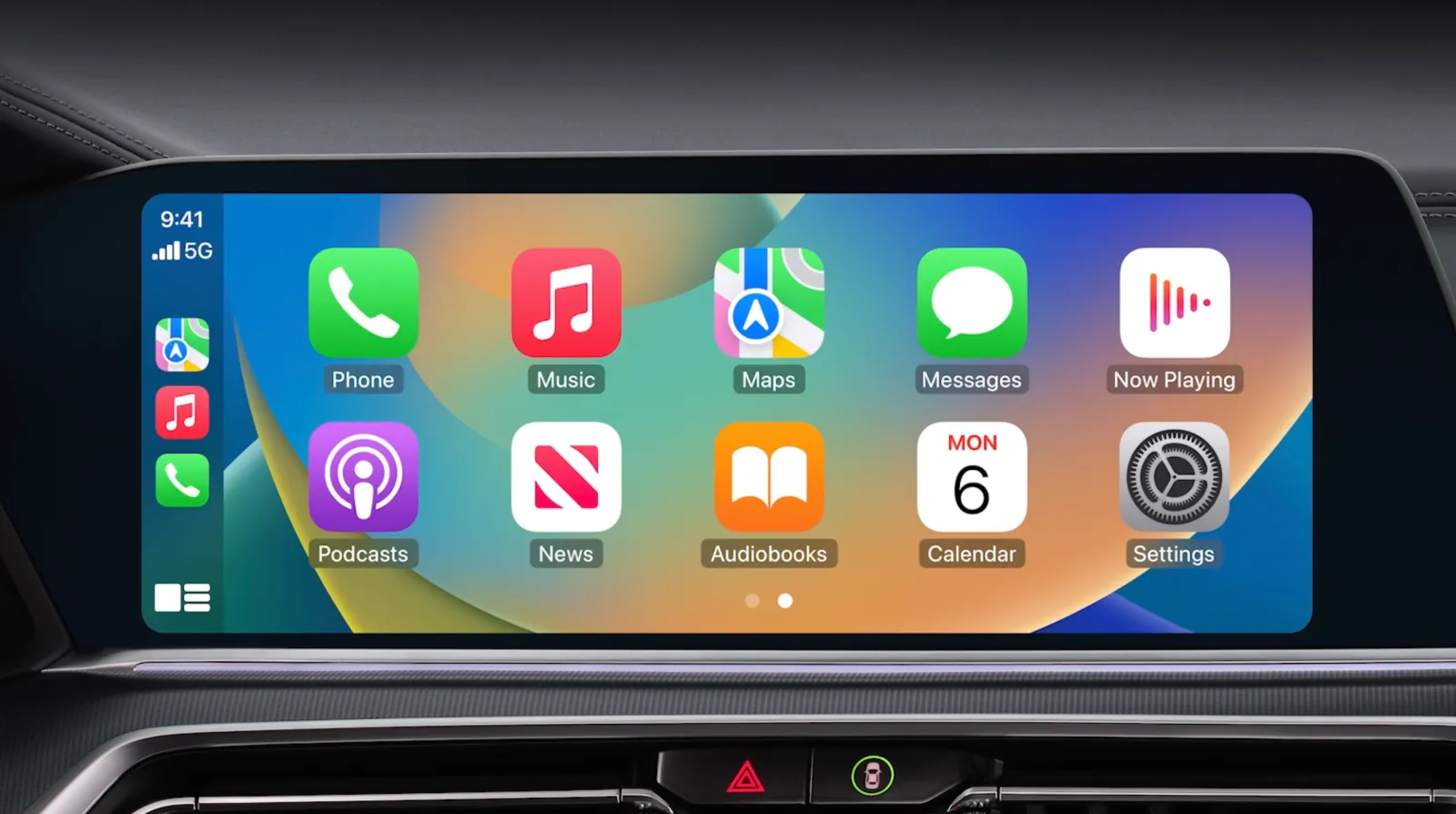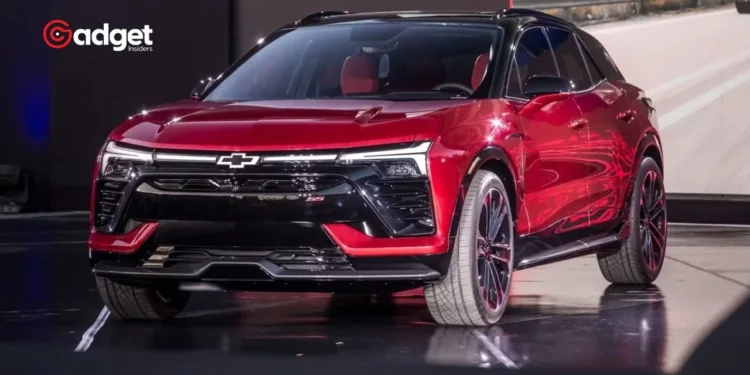GM’s decision to exclude Apple CarPlay from its latest electric vehicle lineup marks a bold move for the automotive giant, one that has sparked debates and concerns among consumers and industry analysts alike. This strategic pivot away from Apple’s widely embraced infotainment system raises crucial questions about consumer preferences and the future landscape of vehicle technology.

GM: A Strategic Shift in the Automotive Infotainment Arena
When Michael Waldron drove off the dealership lot in his brand new 2024 Chevrolet Blazer EV, the electric SUV seemed nearly perfect. Its radiant red paint and the smooth acceleration offered by its electric powertrain matched its deluxe interior, where sleek displays stretched impressively across the dashboard.
Yet, despite these advanced features, Waldron felt the absence of one critical component: Apple CarPlay.
This omission is the result of a significant strategic shift by General Motors. In the spring preceding Waldron’s purchase, GM announced that it would cease supporting Apple Inc.’s infotainment system in its new line of electric vehicles (EVs). The company’s intention was clear: to bolster its proprietary Ultifi platform, aiming to provide a unique and integrated user experience.
General Motors has announced they are dropping Apple CarPlay and Android Auto from their new models.
WTF are they thinking?@GM @nabtweets https://t.co/5B4PCGTuk5 pic.twitter.com/XREweAt0cJ— Paul Jacobs (@PaulJacobsMedia) December 15, 2023
The Consumer Dilemma: Technology vs. Brand Loyalty
The move by GM to cut ties with Apple CarPlay is not just a technical decision; it’s a gamble on consumer loyalty and preferences. CarPlay, after all, has become more than just an option; for many, it is a necessity. Apple reports that as of 2022, a staggering 79% of U.S. car buyers stated they would only consider vehicles that offer CarPlay compatibility.
This statistic underscores the infotainment system’s importance in the purchasing decisions of modern drivers, who often seek seamless integration of their digital lives with their automotive experience.

The Ultifi Promise: Innovation or Isolation?
GM’s Ultifi platform promises innovation. It aims to create a more personalized and adaptable user interface, allowing drivers to customize and update their car’s software with ease, much like they do with their smartphones.
However, this shift forces consumers to adapt to a new system, potentially isolating those who are accustomed to and prefer the Apple interface.
The risk for GM is clear: while striving to lead in automotive software innovation, they may alienate a significant portion of their market base, particularly those loyal to Apple’s ecosystem. The decision to phase out CarPlay might deter potential buyers who prioritize digital compatibility over brand loyalty.

Looking Forward: Will the Gamble Pay Off?
As the automotive industry continues to evolve with advancements in electric vehicle technology and digital integration, GM’s decision to develop and push its software could set a new industry standard or serve as a cautionary tale.
The company’s success will largely depend on the reception of the Ultifi system by consumers and whether it can truly match or exceed the utility and user-friendliness that Apple CarPlay offers.
In the meantime, consumers like Michael Waldron might feel the pinch of this transition. While he enjoys the numerous benefits of his Chevrolet Blazer EV, the absence of CarPlay stands out as a glaring omission in an otherwise state-of-the-art vehicle.
GM’s bold strategy will be watched closely by competitors and consumers alike, as it will significantly influence future decisions in the automotive and technology industries. Whether this move will be seen as a forward-thinking innovation or a misstep might hinge on how well Ultifi resonates with the modern driver’s expectations and demands.
The answer to whether GM will regret this decision remains to be seen as the automotive landscape continues to shift towards a more interconnected and software-driven future.










